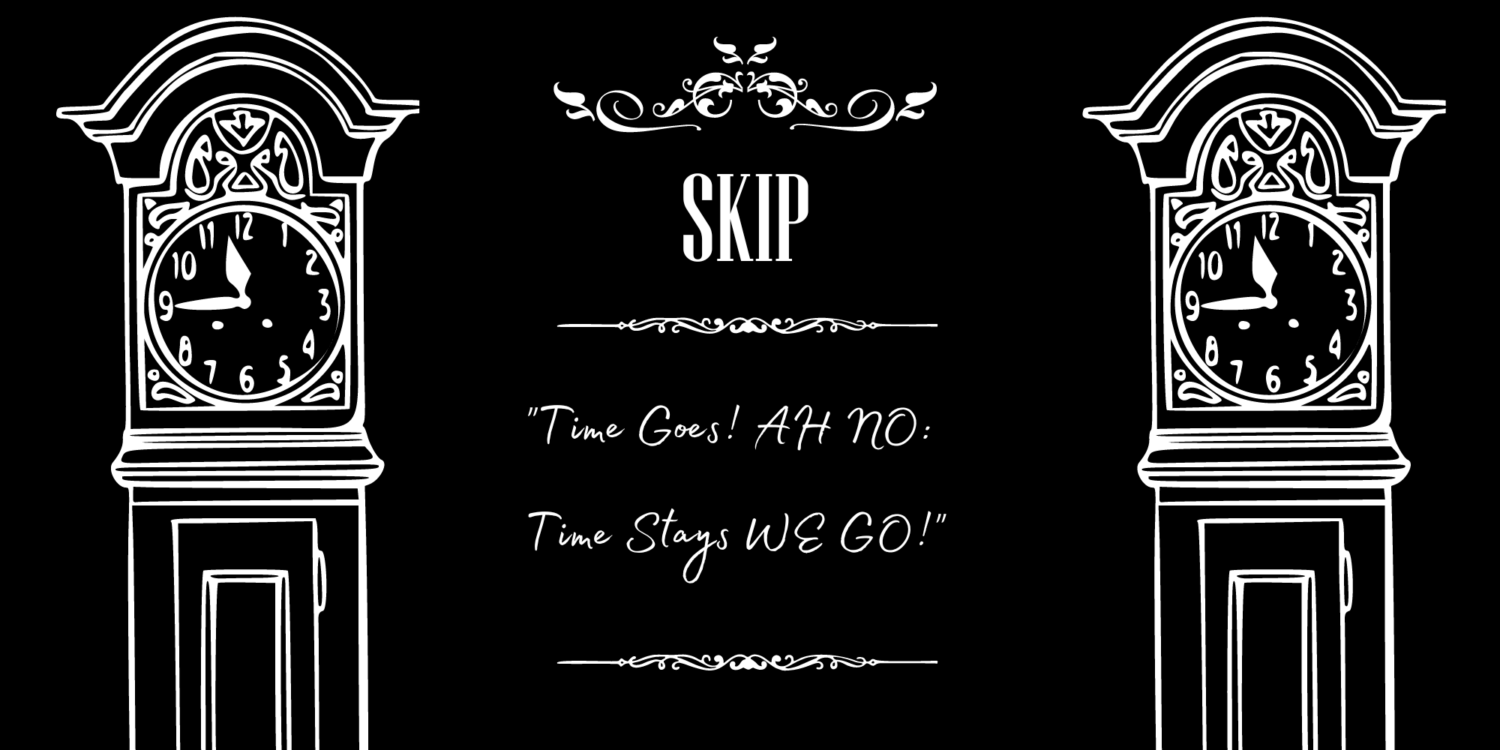Clock Trivia
How did Long Case clocks become known as Grandfather clocks?
A popular 1875 song “Grandfather’s Clock” gave the Long Case clock its nickname
How tall is a Grandfather Clock?
A Grandfather Clock is a tall clock over 6 feet in height. A Grandmother Clock is 6 feet or under and a Granddaughter Clock is less than 5 feet.
On clocks and watches with roman numerals why is 4 usually noted as IIII rather than IV?
When mechanical clocks were first invented, in the 14th century, they were displayed in public places, usually cathedrals. The faces themselves were only ornamental at first, for the early models had no hour or minute hand but merely gonged once for every hour of the day.
Clocks were thus of special value to the common people, who were almost universally illiterate. Most peasants, even in Italy, could not read roman numerals, and they could not subtract. They performed calculations and told time by counting on their fingers. Four slash marks were much easier for them to contend with than “IV”, taking one away from five.
Why Do Clocks Run Clockwise? by David Feldman
Who was the first person to make a pendulum clock?
The first person to make a pendulum clock was Dutch scientist Christian Huygens (1629 – 1695), and with improvements by Robert Hooke (1635 – 1703) the pendulum clock was the most accurate timepiece for 300 years.
Why Does A Ball Bounce? by Adam Hart-Davis
Why are there 60 seconds in a minute and 60 minutes in a hour?
Around 2400 BC, the ancient Sumarians, who used six as their mathematical base, divided the circle into 360 degrees, with each degree sub-divided into another 60 parts, and so on. The Romans called these units minute prima, or first small part, and secunda minuta, or second small part. This system was perfect for round clock faces, and that’s why we use minutes and seconds as divisions of time.
Now You Know, The Book Of Answers by Doug Lennox
Why Do Clocks Run Clockwise?
Before the advent of clocks, we used sundials. In the northern hemisphere, the shadows rotated in the direction we now call “clockwise”. The clock hands were built to mimic the natural movement of the sun. If clocks had been invented in the southern hemisphere, it is speculated, “clockwise” would be the opposite direction.
Why Do Clocks Run Clockwise? by David Feldman
Why do we call a large timepiece a "clock"?
Like cloche in French, clock literally means bell. When the large mechanical clock was invented in the 14th century it didn’t tell time with a face and hands, but rather by sounding bells on the hour and then eventually on the quarter and half-hour. This time device was called a “clock” because it told time by sounding bells. O’clock, as in 12 o’clock etc., is an abbreviation for “of the clock” or “of the bells”.

